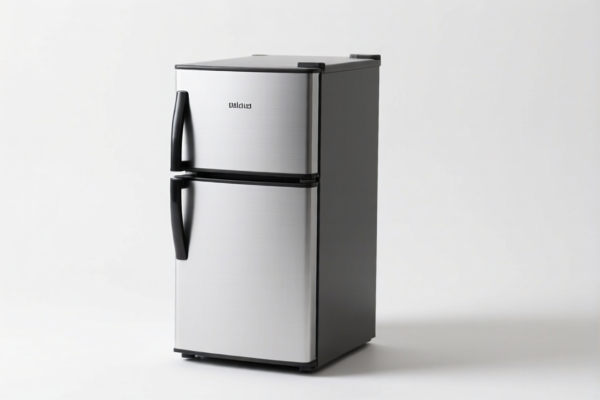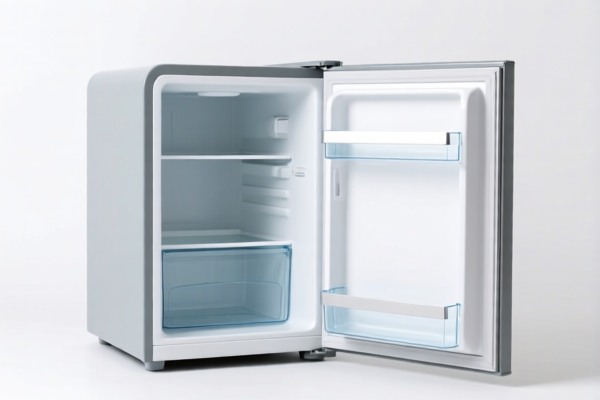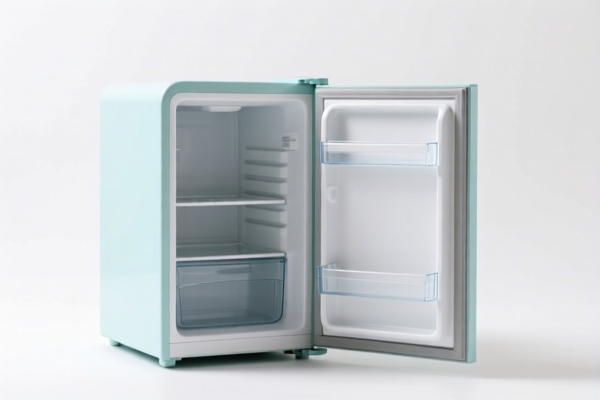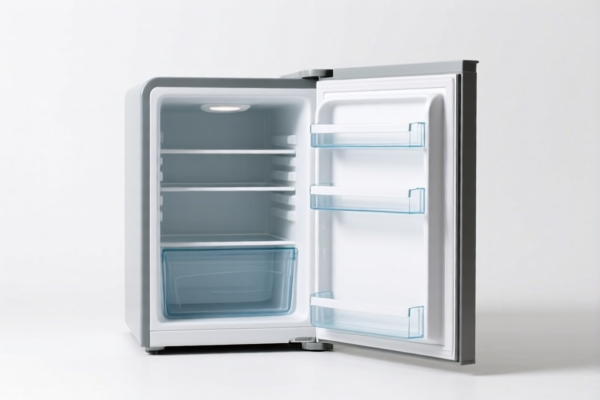| HS Code | Official Doc | Tariff Rate | Origin | Destination | Effective Date |
|---|---|---|---|---|---|
| 7615109100 | Doc | 65.6% | CN | US | 2025-05-12 |
| 7616995190 | Doc | 82.5% | CN | US | 2025-05-12 |
| 3926901600 | Doc | 40.6% | CN | US | 2025-05-12 |
| 3926901600 | Doc | 40.6% | CN | US | 2025-05-12 |
| 3923300010 | Doc | 58.0% | CN | US | 2025-05-12 |
| 3923300090 | Doc | 58.0% | CN | US | 2025-05-12 |




Small Thermos Flask
A small thermos flask, commonly referred to as a vacuum flask or simply a thermos, is a portable container designed to maintain the temperature of its contents for extended periods. It achieves this through vacuum insulation.
Material
Typically constructed with a double-walled container. The space between the walls is evacuated to create a vacuum, significantly reducing heat transfer by conduction and convection. Common materials include:
- Stainless Steel: Durable, corrosion-resistant, and often preferred for its longevity and ability to withstand impacts. Both 18/8 (304) and 18/10 stainless steel are used, with 18/10 offering higher corrosion resistance.
- Glass: Traditionally used for the inner vessel, offering excellent thermal properties and resistance to staining. However, glass flasks are more fragile. Often encased in a protective outer shell.
- Plastic: Used for both inner vessels and outer casings, particularly in lower-cost models. Plastic types vary, influencing durability and temperature retention.
- Outer Shell: Often stainless steel, plastic, or coated with rubber for grip and protection.
Purpose
The primary purpose is to keep beverages hot or cold for hours, minimizing temperature change. This makes them suitable for a variety of applications.
Function
Temperature retention is achieved through several key principles:
- Vacuum Insulation: The evacuated space between the double walls eliminates heat transfer by conduction and convection.
- Silvering/Coating: The inner surfaces of the walls are often coated with a reflective material (silver or a similar coating) to minimize radiative heat transfer.
- Tight Seal: A secure lid with a tight seal prevents heat loss through conduction and convection at the opening.
- Narrow Mouth: Reduces the surface area exposed to the environment, minimizing heat exchange.
Usage Scenarios
- Beverage Transport: Carrying hot coffee, tea, or cold water for commutes, travel, or outdoor activities.
- Food Storage: Maintaining the temperature of soups, stews, or baby food.
- Outdoor Activities: Hiking, camping, picnics, and sporting events.
- Medical: Transporting temperature-sensitive medications.
Common Types
- Standard Thermos: Cylindrical shape, typically with a screw-on lid.
- Sports Thermos: Designed for active use, often with a wider mouth for easy filling and cleaning, and a leak-proof lid.
- Food Jars: Larger capacity, designed for storing and transporting solid foods.
- Baby Food Thermos: Smaller capacity, designed for keeping baby food warm or cold. Often with features like spill-proof lids and insulated spoons.
- Pump Thermos: Features a pump mechanism for dispensing liquids without removing the lid, maintaining temperature for longer.
- Direct-Drink Thermos: Features a lid with a drinking spout for convenient access to liquids.
Based on the provided information, the following HS codes may be relevant to “small thermos flask”:
- 3923300010: This HS code covers articles for the conveyance or packing of goods, of plastics; stoppers, lids, caps and other closures, of plastics, specifically carboys, bottles, flasks and similar articles of a capacity not exceeding 50 ml. This code applies to small plastic flasks, including those used as thermos flasks, with a capacity of 50 ml or less. The total tax rate is 58.0%, comprised of a 3.0% basic tariff and a 25.0% additional tariff, increasing to 30% after April 2, 2025.
- 3923300090: This HS code also covers articles for the conveyance or packing of goods, of plastics; stoppers, lids, caps and other closures, of plastics, but refers to carboys, bottles, flasks and similar articles other than those with a capacity not exceeding 50 ml. If the small thermos flask has a capacity greater than 50 ml, this code would be applicable. The total tax rate is 58.0%, comprised of a 3.0% basic tariff and a 25.0% additional tariff, increasing to 30% after April 2, 2025.
It is important to determine the exact capacity of the thermos flask to correctly classify it under either 3923300010 or 3923300090.
Customer Reviews
No reviews yet.